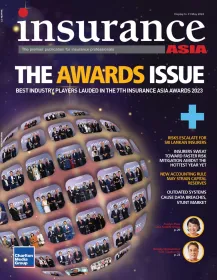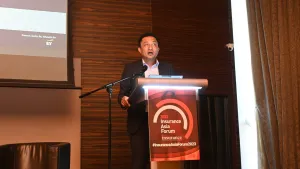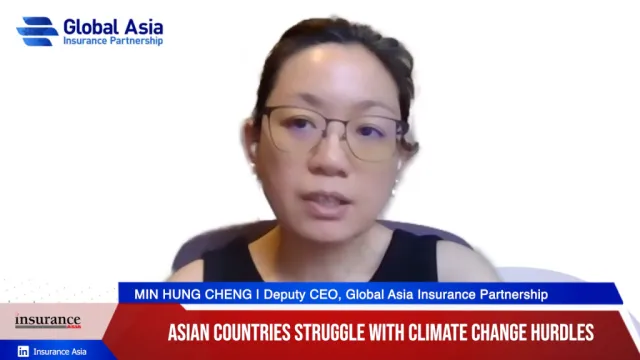
Critical illness protection gap shrinks whilst mortality coverage stays the same: Study
Despite the gaps recorded, the industry has performed better in 2022 than in 2017.
A portion of Singaporeans are still unprotected when it comes to critical illness coverage needs despite the latest data showing a narrowing figure.
Findings showed that economically active (EA) Singaporeans and permanent residents – including platform workers (PWs) – reached a mortality protection gap of S$373b, whilst critical illness (CI) stood at (S$579b), according to the Life Insurance Association (LIA) of Singapore.
EA individuals have seen their mortality protection needs improve to cover approximately 79% of their requirements. This increase can be attributed to rising living costs and a growing EA population. Interestingly, the mortality protection gap has remained relatively stable, experiencing only a slight 2% decrease from 23% to 21% since 2017. This stability is mainly due to higher income levels, a 47% increase in Central Provident Fund (CPF) savings, and an 11% rise in life insurance coverage.
On average, each policyholder now enjoys mortality coverage of around S$331,200 in 2022, roughly 3.6 times their average annual income. Typically, Singaporean policyholders hold an average of three policies for mortality protection.
Additionally, the critical illness (CI) protection gap among EA individuals has narrowed significantly, dropping from 81% in 2017 to 74% in 2022, a reduction of 7%. The average CI coverage per policyholder has increased to approximately S$193,300 in 2022, equivalent to about 2.1 times the average annual income.
This reduction in the CI protection gap since 2017 can be attributed to a substantial 63% increase in CI coverage during this period. Typically, CI policyholders in Singapore own less than one standalone policy, with their CI coverage often stemming from Whole-of-Life policies or riders complementing their primary life insurance policies.
Ideally, these EA’s mortality protection needs are an estimated S$1.78t, and its CI protection needs are at S$783b, in 2022.
Areas for improvement
Despite the study showing the gaps are still evident, progress has been seen since 2017, said Dennis Tan, President of LIA Singapore.
“There is greater awareness and appreciation of the value of insurance in Singapore, and more individuals are taking actions to better meet their protection needs.” Tan said.
Despite a promising analysis, there are still alternatives life insurers can do better, which Tan shared:
- Enhancing Insurance Understanding and Accessibility: This involves innovating insurance products and simplifying policy-related materials to make insurance policies more comprehensible and accessible to everyone.
- Customer-Centric Approach: The industry will adopt a customer profile and needs-based approach to tailor offerings, product solutions, and distribution strategies to specific customer segments. This will particularly focus on supporting groups with medium to high protection gaps, including underserved segments such as those with lower education levels or lower income.
- Boosting Awareness: Public education initiatives will be employed to increase consumer awareness and understanding of the importance of insurance protection.
- Improving Access: Efforts will be made to create accessible touchpoints for underserved members of the public, like Platform Workers. This will help them better understand and address their protection and financial planning needs.











 Advertise
Advertise












